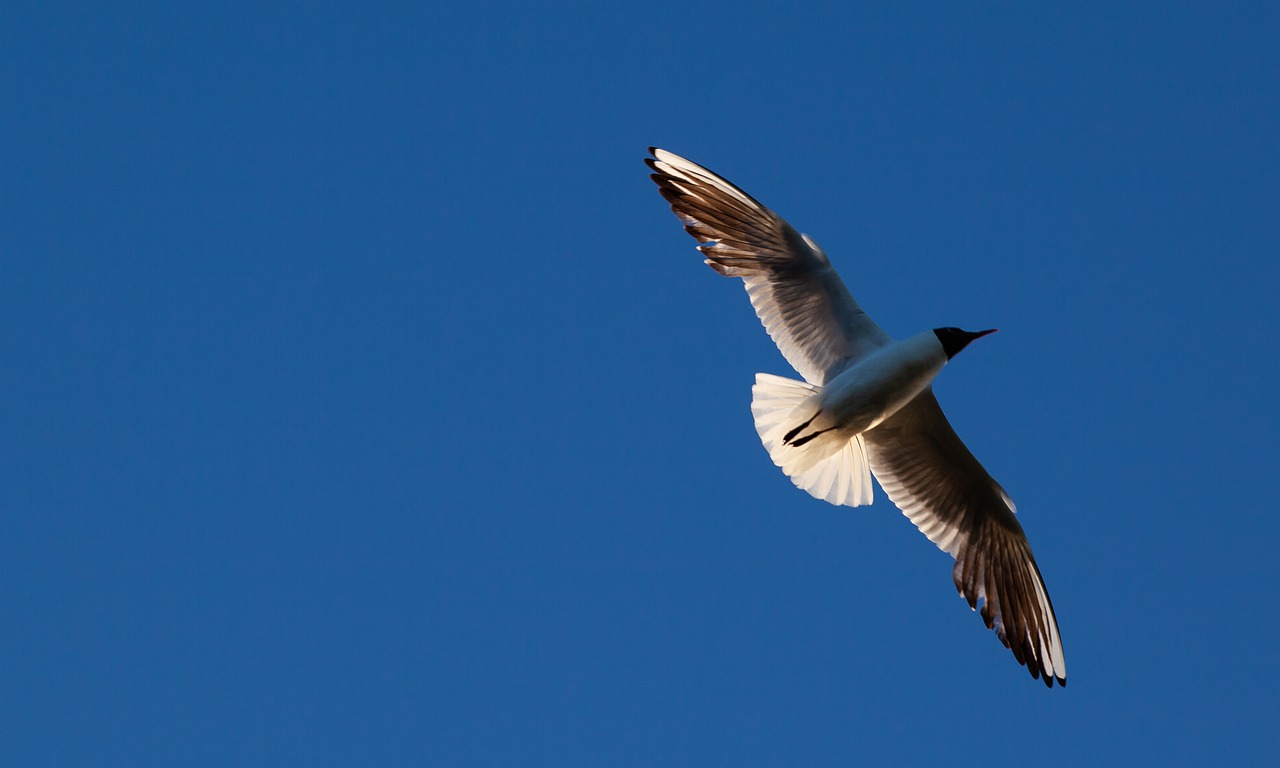Recent trends of the Black-headed Gull Larus ridibundus population in Latvia
DOI:
https://doi.org/10.34080/os.v6.22993Keywords:
population studies, breeding success, predation, predator-prey interaction, habitat degradation, anthropological effectsAbstract
The Black-headed Gull population in Latvia increased from 10,000 pairs in the early 1940s to 110,000 pairs in 1986, then decreased to about 40,000 pairs in 1994 and continues declining. The population changes have been more pronounced at coastal sites than at inland ones. Simultaneous changes in breeding success (a significant decline of average number of fledglings/pair since 1974), diet and feeding flights have taken place. Changes in the availability of anthropogenic food, appearance of new predators (mainly the American mink Mustela vison) and decrease of suitable nesting habitat are considered local reasons for the recent population decline.
Downloads

Downloads
Published
How to Cite
Issue
Section
License
The copyright of each contribution belongs to the author(s), but all contributions are published under a Creative Commons license, so that anyone is free to share and reuse the contribution as long as the copyright holder is attributed.







